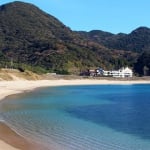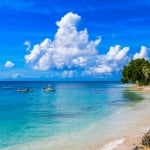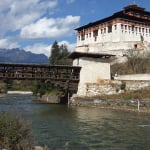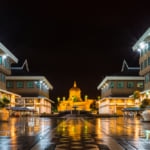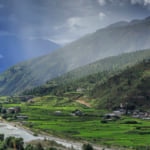Name:Punakha Dzong
Address:Punakha District, Punakha, Bhutan
Related Sites:http://www.punakha.gov.bt/
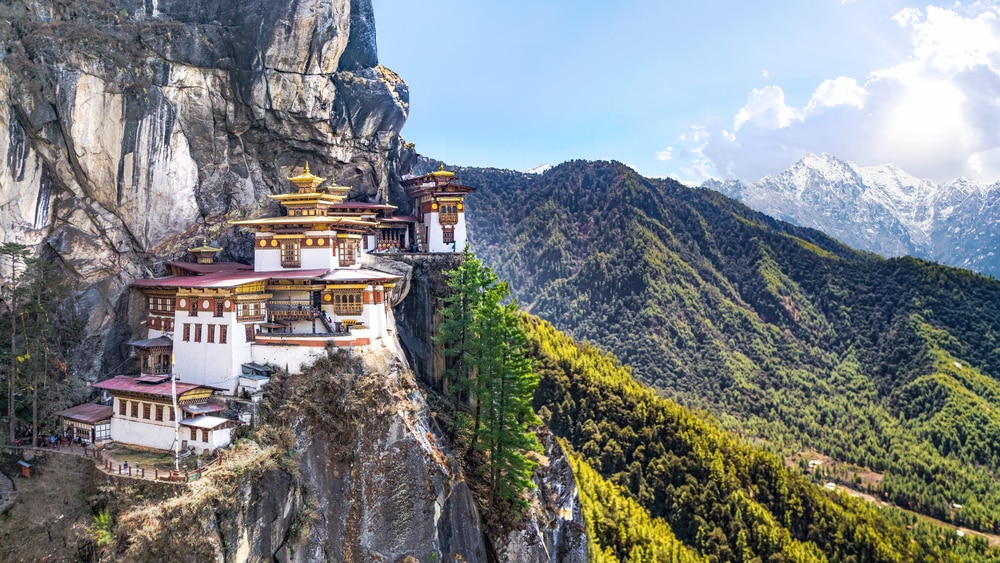
Photo by ultramansk/shutterstock
Bhutan:Where Buddhist Culture Is Preserved in Monastery Atop Mountains
table of contents
[x] close
Bhutan:Where Buddhist Culture Is Preserved in Monastery Atop Mountains
Bhutan is a Buddhist country in the southern part of Asia, on the edges of Eastern Himalayas. Bhutan is no ordinary sightseeing destination, with eye-catching monasteries, indestructible fortresses, and picturesque landscapes. Bhutan also offers some of the most popular trekking destinations owing to the fact that it is a home to spectacular subtropical plains and the sub-alpine Himalayan mountains. Bhutan also offers diverse wildlife, from the golden langur in the tropical lowland to the snow leopard in the Himalayan ranges. These top places are the reason why you should go on a sightseeing tour in Bhutan at least once if not several times.
1. Punakha Dzong (Punakha)
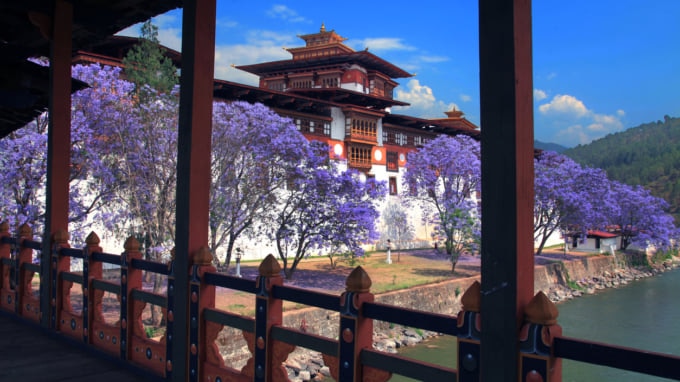
Punakha Dzong is so far one of the most majestic structures in Bhutan. The Punakha Dzong is the second oldest Dzong in Bhutan. It was constructed in the 1500s and served as the capital of Bhutan between 1637 and 1907. Punakha Dzong is also notable for the preservation of the remains of Zhabdrung Ngawang, the unifier of Bhutan kingdom and Ranjung Karsapani a sacred relic. The best time for sightseeing the dzong is in spring when the landscape is well flowered and the morning sunrise and sunset reflects on the walls of the Dzong.
2. Taktsang Palphug Monastery (Paro)
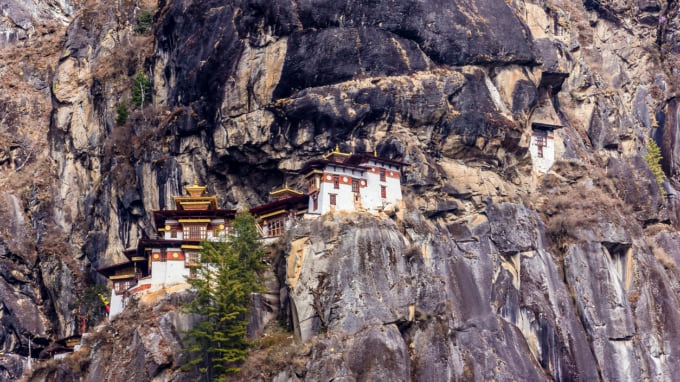
Taktsang Palphug Monastery is a Buddhist temple in the Paro valley of Bhutan. The monastery is one of the most popular sightseeing attractions in Bhutan, owing to its location, majestic green valleys and the surrounding mountainous landscape. The monastery has four temples which have golden roofs and residential shelters. There are also eight caves at the site, four of which are accessible for sightseeing visitors. Being a sacred site, we advise that you dress appropriately when sightseeing the monastery. The routes to the monastery are rocky and steep, it is wise to wear shoes suitable for trekking. The period between March and April, the weather is pleasant and the tracks are dry, making it the most preferred sightseeing season.
Name:Taktsang Palphug Monastery
Address:Taktsang trail, Paro, Bhutan
Related Sites:http://www.parotaktsang.org/
3. Dochula Pass (Thimphu)
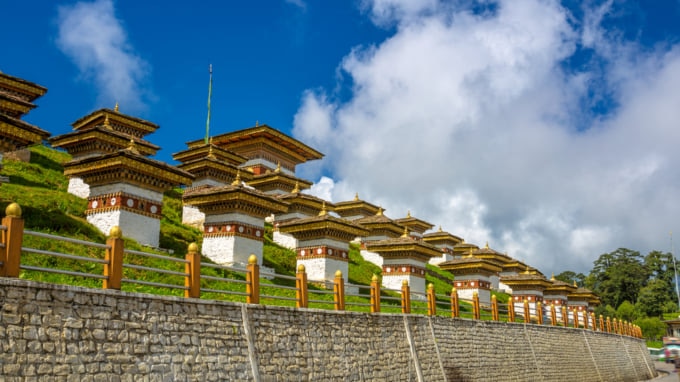
Dochula Pass is a mountain pass between Punakha and Thimphu. It attracts many sightseeing visitors as it offers a that offers a 360-degree panoramic view of the Himalayas ranges. The pass is also notable for the Druk Wangyal Lhakhang, a temple that was built in honor of the fourth king of Bhutan. The peak season for sightseeing is in winter when the mountains are fully capped with snow to provide a scenic backdrop for pictures. Warm days in summer are also a great time for picnicking.
Name:Dochula Pass
Address:Thimphu-Punakha Hwy, Dochula, Bhutan
4. Motithang Takin Preserve (Thimphu)
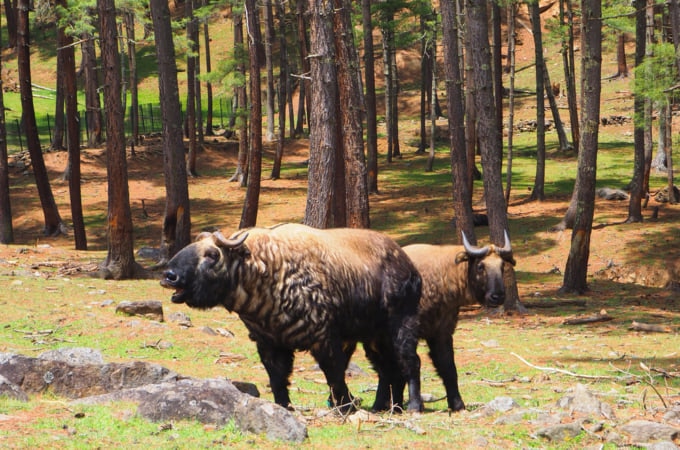
Photo by Jeab Ploykrachang/shutterstock
Motithang Takin Preserve is a haven for Takins, the national animal for Bhutan. Takin has a very thick neck and short muscular legs, giving it a close semblance to a cow and a goat. Other than Takin, the museum is also a home to sambar, musk deer and injured animals. Visitors to the preserve are allowed to feed and participate in taking care of the animals, especially in the morning hours. Feeding takes place in a grazing enclosure. When you arrive at sunrise, you will find the animals patiently waiting at the fences for visitors to feed them. We, therefore, highly recommend that you go sightseeing early in the morning, especially in spring or summer season.
Name:Motithang Takin Preserve
Address:Motithang, Thimphu, Bhutan
5. Tashichho Dzong (Thimphu)
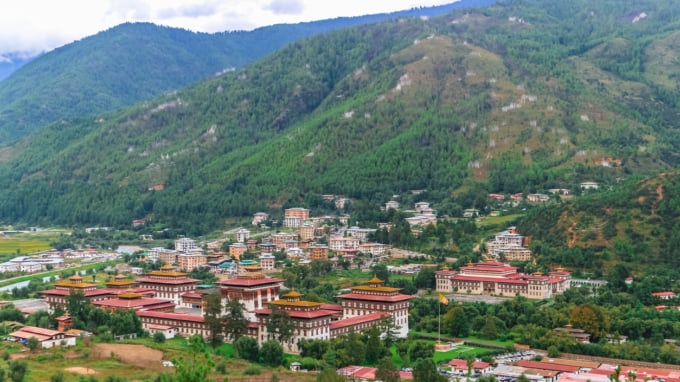
Tashichho Dzong is popularly known as the "fortress of the glorious religion," for the monastic roles that it played in the past. It is the traditional seat of the head of Bhutan civil government and various governmental organizations. The Dzong is also the central monastic body of Bhutan and is the summer residence for the central monks in Bhutan. Today, Tashichho Dzong is an impressive structure accessible to sightseeing visitors both on the inside and outside. The Dzong also holds the Tsechu festival, an autumn dance festival held in autumn. Other than the festival period, summer and spring are also worth considering.
Name:Tashichho Dzong
Address:Chhagchhen Lam, Thimphu, Bhutan
6. Punakha Suspension Bridge (Punakha)
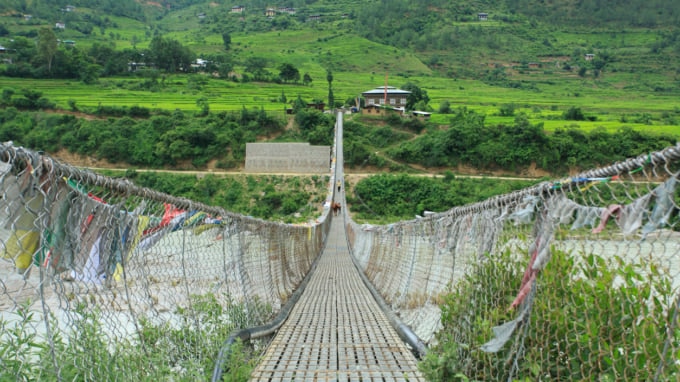
Punakha Suspension Bridge offers a stunning landscape for photography and a distant view of countryside farmlands on the western zone of Bhutan. The bridge is one of the longest bridges in Bhutan with a stretch of about three hundred and fifty meters. It is built over River Po Chu, connecting Punakha Dzong and Punakha town. The bridge is broad and stable without the shaky experience that most other suspension bridges give. We recommend that you plan your sightseeing trip to Punakha Dzong and the bridge on the same day as they are basically in the same area. The peak tourists' sightseeing season is either March-April or September-October when the weather is bright and sunny.
Name:Punakha Suspension Bridge
Address:Punakha Dzong, Punakha 13001, Bhutan
◎ Closing
Though Bhutan applies a daily $250 fee for tourists, the treasures that await you are worth every penny. Another advantage of visiting Bhutan is that you will have most of the places to yourself, without having to deal with crowds. Better still, most of the sightseeing destinations in Bhutan are well kept with well-informed tour guides. Whether you are a nature lover, history follower or culture enthusiasts, you can be sure of a lifetime experience in Bhutan.
RELATED ARTICLES
REGIONS
CATEGORIES
FEATURED ON Bhutan
MOST POPULAR ON Bhutan
-
 1
1Doha: Must-see Attractions in the Capital of Qatar
-
 2
2Toronto: 10 Things to do in this Picturesque Canadian City
-
 3
3Amarillo: A City Famous for It’s Amazing Canyons, Great History and Music
-
 4
4South Korea: Dazzling Scenery, Rich Culture and Fascinating History
-
 5
5Kuwait: A Country in Middle East Asia Famous for Hot Sand Dunes and Stunning Cityscape



